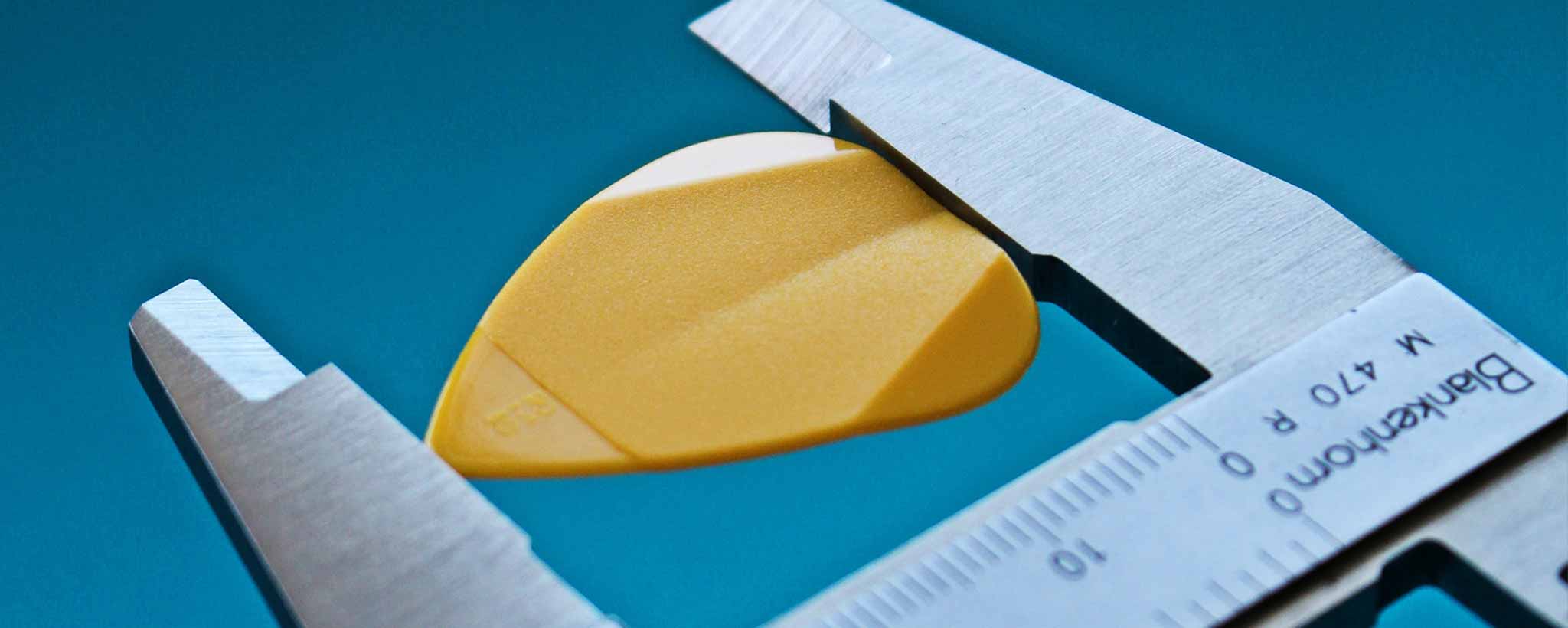Not All PDFs Are Alike
Artists often supply PDFs with key features password-protected during the interim approval stage. This is so no one confuses the final art with the pre-approved copy or layouts. After the project is done, the customer receives a PDF for a specific purpose. It includes appropriate RGB, CMYK, DPI (color space and resolution) settings.
This works well for several reasons. Interim files need to be small and generally require sRGB* color space. The final PDF includes more resources appropriate for the designated printer.
Why Customers Receive PDF
1. Customers generally expect a single document, when they ask for the “file.” Sending a folder full of (possibly OS-dependent) fonts, images, and InDesign files would not only be confusing, but most people would not have the required (expensive) applications to open them up.
2. Working PSD files can be complex with many layers and effects only the designer knows how to adjust. A working PDF can be massive—several hundred megabytes. This has the potential of crashing the customer’s computer if not properly configured.
3. Color management is critical. Relinquishing this to someone with uncalibrated equipment could be disastrous. The customer may open up a document and think, ‘The skin tone doesn't look right’ so he punches up the red—not realizing that it’s his monitor, not the file, that is wrong.
4. Prepress is an art unto itself. Decades ago, a production artist turned over mechanical paste-up boards to the printer or lithographer. Now, a designer must perform at least some of this work himself. Suppose the artist creates a color element to be overprinted.
Color properties can look like any other object to the customer, so he might duplicate it without realizing the underlying settings until the job is printed with undesirable effects. Customers are not trained in prepress and therefore do not understand the concept of linked files, color management, and image resolution. That's why they pay a designer.
5. An editable Adobe Illustrator or Photoshop file can be saved in the PDF format so it can be opened with Acrobat, available to nearly anyone. The same file could also be opened with Illustrator or Photoshop for editing. (Note: Not all PDFs are editable.)
6. File synchronization becomes an issue when two sets of masters are being edited. A customer might make some small changes. Later the artist is asked to make an adjustment and print posters. Now there’s confusion over why one file doesn’t have the latest copy changes. Even if the customer says, use my files, the artist must bill extra time exploring what changes may have been improperly made.
7. The assumption that the customer paid for the working files is not supported by the Graphic Artist Guild Handbook : Pricing & Ethical Guidelines. Even before digital file production, the artist retained preliminary sketches and marker comps. The legal aspects of intellectual property rights are another topic covered there.
8. Some of the support documents like photos or illustrations may have limited non-transferable copyright agreements.
9. Tax laws can change. The California State Board of Equalization permits designers to tax only the tangible personal property that changes hands. Regulation 1540 allows the designer to tax only 25 percent of the job, assuming the larger portion is retained by the artist. If the customer receives everything, then the entire job should be taxable.
Think of it another way, when we pay for a meal at a gourmet restaurant, do we expect the chef to also include the recipes, pantry items, and silverware in a doggie bag when we leave? It doesn’t happen.
An accessible artist who understands the nuances of file preparation is invaluable to an appreciative customer. All the complexities are simplified into a compact, easy-to-print PDF file. Based on this information, customers should not assume that one PDF is suitable for to print for all purposes.
*sRGB uses ITU BT Rec. 709 primaries and a gamma of 2.2, the same as most kinds of HDTV.
Main photo by Kei Scampa from Pexels.




